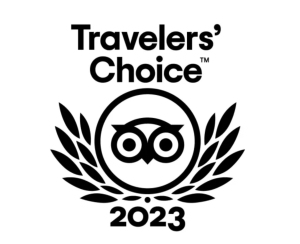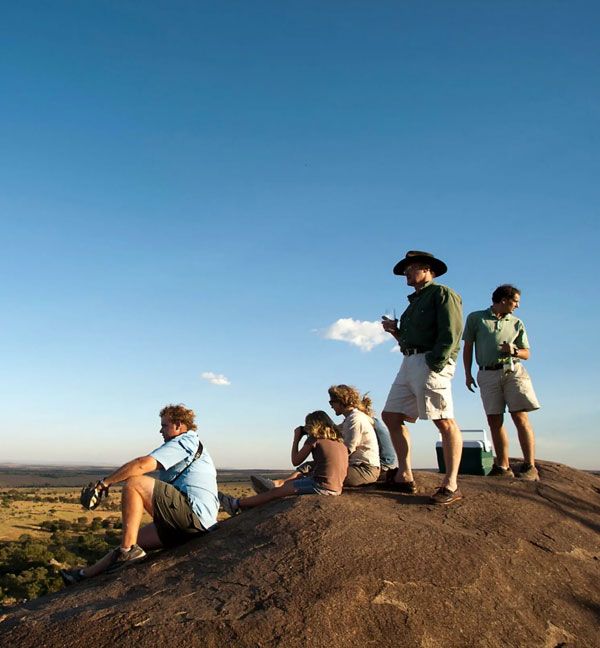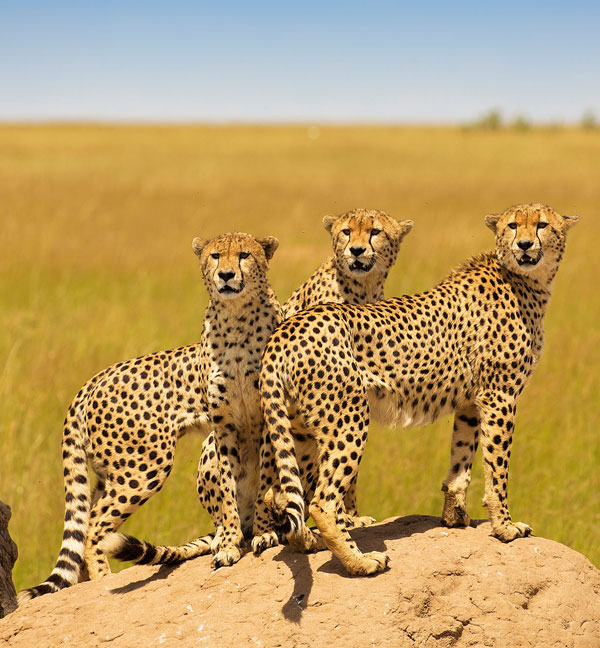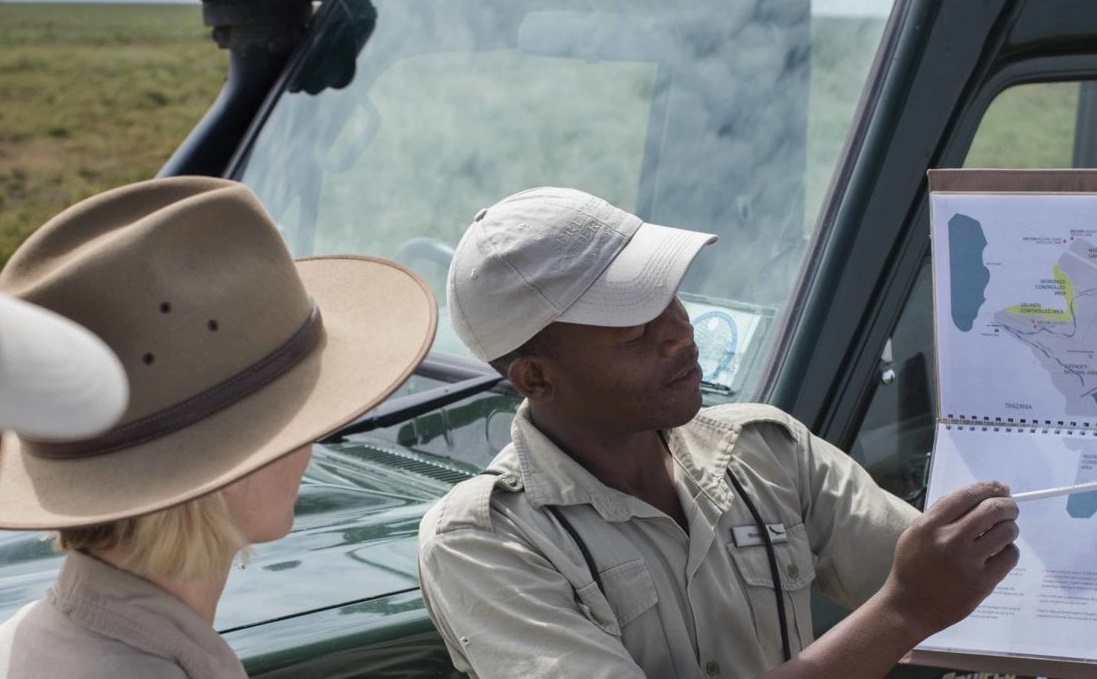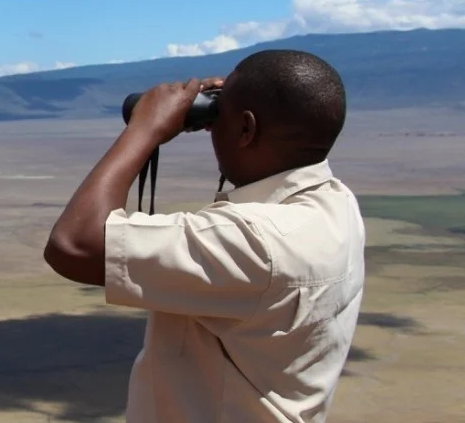1. How tall is Mount Kilimanjaro?
Mount Kilimanjaro stands at an impressive height of 5,895 meters (19,341 feet) above sea level.
2. How long does it take to climb Kilimanjaro?
The duration of a Kilimanjaro trek varies depending on the chosen route, ranging from 5 to 9 days.
3. What is the success rate for summiting Kilimanjaro?
The average success rate for summiting Kilimanjaro is approximately 65% to 75%, depending on factors such as route choice, weather conditions, and individual fitness levels.
4. What is altitude sickness, and how can it be prevented?
Altitude sickness, or acute mountain sickness (AMS), is a condition caused by the body's inability to adjust to high altitudes. To prevent altitude sickness, it's essential to acclimatize slowly, stay hydrated, and listen to your body's signals.
5. What routes are available for climbing Kilimanjaro?
There are several routes to choose from, including the Machame, Marangu, Lemosho, Rongai, Northern Circuit, and Umbwe routes, each offering unique experiences and challenges.
6. Do I need previous climbing experience to trek Kilimanjaro?
No previous climbing experience is required, but a reasonable level of fitness and preparation is essential for a successful Kilimanjaro trek.
7. What is the best time of year to climb Kilimanjaro?
The best times to climb Kilimanjaro are during the dry seasons, which occur from January to March and June to October, offering favorable weather conditions and clearer skies.
8. What should I pack for my Kilimanjaro trek?
Essential items to pack include sturdy hiking boots, warm clothing layers, a sleeping bag, headlamp, sunscreen, snacks, and hydration.
9. Are porters and guides provided for Kilimanjaro treks?
Yes, most trekking companies provide experienced guides, porters, and support staff to assist trekkers throughout the journey.
10. How much weight can porters carry, and what is the recommended tipping etiquette?
Porters typically carry up to 20-25kg of weight, and it's customary to tip them as a token of appreciation for their hard work and support.
11. What are the risks associated with climbing Kilimanjaro?
Risks include altitude sickness, extreme weather conditions, physical exhaustion, and potential injuries. However, these risks can be mitigated with proper preparation and adherence to safety protocols.
12. Can I climb Kilimanjaro solo, or do I need to join a group?
While solo trekking is possible, it's generally recommended to join a guided group trek for safety reasons and to enhance the overall experience.
13. What is the cost of climbing Kilimanjaro?
The cost of climbing Kilimanjaro varies depending on factors such as route choice, trekking company, and amenities included in the package.
14. How do I train for a Kilimanjaro trek?
Training should focus on building cardiovascular endurance, strength, and stamina through activities such as hiking, running, cycling, and strength training.
15. What is the accommodation like during the trek?
Accommodation options vary depending on the route, ranging from tented camps to mountain huts with basic amenities such as sleeping mats and communal dining areas.
16. Is travel insurance required for Kilimanjaro treks?
Yes, travel insurance is mandatory for Kilimanjaro treks and should include coverage for medical emergencies, trip cancellations, and evacuation from high altitudes.
17. Are there age restrictions for climbing Kilimanjaro?
While there are no strict age restrictions, participants should be in good health and physical condition, and minors must be accompanied by a responsible adult.
18. What happens if I don't reach the summit?
While reaching the summit is a rewarding achievement, it's essential to prioritize safety and health. If you're unable to reach the summit, you can still enjoy the journey and the stunning scenery along the way.
19. Are there restroom facilities along the trekking route?
Restroom facilities vary depending on the route and accommodation options, with some routes offering basic pit toilets at designated campsites.
20. Can I rent or purchase gear in Tanzania for my Kilimanjaro trek?
Yes, trekking gear can be rented or purchased in Tanzania, including items such as sleeping bags, trekking poles, and warm clothing layers. However, it's recommended to bring essential gear from home to ensure proper fit and quality.
We hope these FAQs have provided valuable insights into planning your Kilimanjaro trek. If you have any further questions or concerns, don't hesitate to reach out to our team at Jiwe Adventures. We're here to support you every step of the way on your Kilimanjaro adventure!
